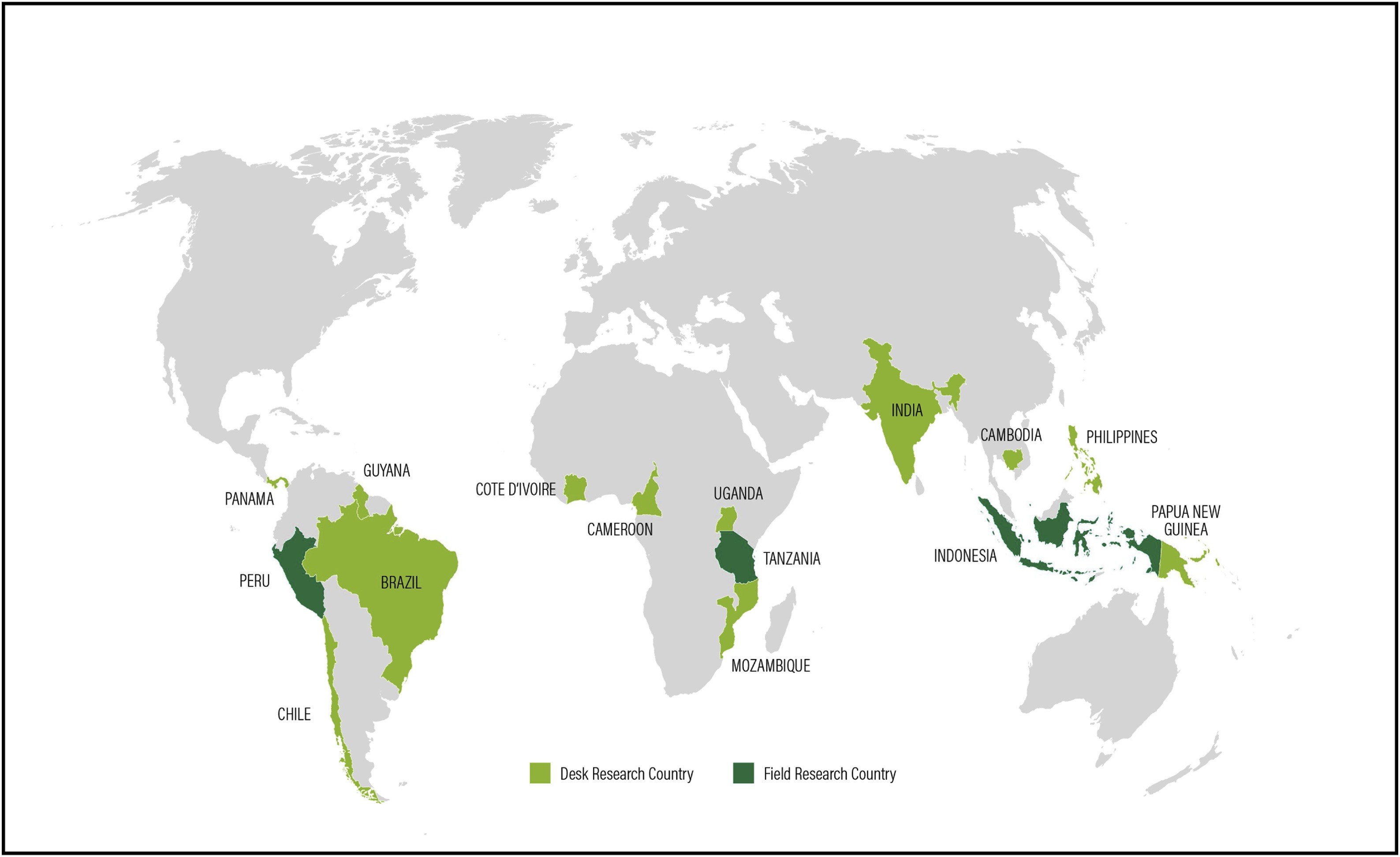Land reclamation, the process of creating new land areas from oceans, riverbeds, or lake beds, has a significant relationship with numerous Sustainable Development Goals (SDGs). The act of land reclamation itself can play a crucial role in supporting SDG 15 (Life on Land), especially when it comes to combating desertification, restoring degraded land and soil, and achieving a land degradation-neutral world. By reclaiming degraded land or creating new land, it's possible to reverse the damage done by overuse, erosion, or other forms of environmental degradation.
However, the effects of land reclamation are multifaceted and not always positive. If not conducted in an environmentally conscious and sustainable manner, it can also negatively impact SDG 15 by disrupting existing land ecosystems, reducing biodiversity, and potentially causing the loss of endemic species. Moreover, it can impact SDG 14 (Life Below Water), as the extraction of materials from seabeds for reclamation can cause serious harm to marine life, disrupt marine ecosystems, and exacerbate the effects of climate change by releasing stored carbon.
Indirectly, land reclamation can support SDG 11 (Sustainable Cities and Communities) and SDG 9 (Industry, Innovation, and Infrastructure). New land created through reclamation can provide the space needed for expanding urban areas or infrastructure development, helping accommodate population growth, urbanization trends, and industrial needs. Nevertheless, it is vital that this is done in a way that minimizes environmental damage and promotes sustainable urban development, in line with the principles of SDG 11.
Land reclamation also intertwines with SDG 2 (Zero Hunger) by providing potential new areas for agriculture and food production. Meanwhile, it can contribute to SDG 13 (Climate Action) if reclaimed areas are used to create carbon sinks such as forested areas or wetlands.
The Paris Agreement to keep global temperature increase to well-below 2 °C and to pursue efforts to limit it to 1.5 °C requires to formulate ambitious climate-change mitigation scenarios to reduce CO2 emissions and to enhance carbon sequestration. These scenarios likely require significant land-use change. Failing to mitigate climate change will result in an unprecedented warming with significant biodiversity loss. The mitigation potential on land is high. However, how land-based mitigation options potentially affect biodiversity is poorly understood.

